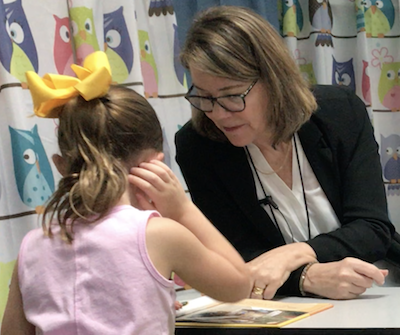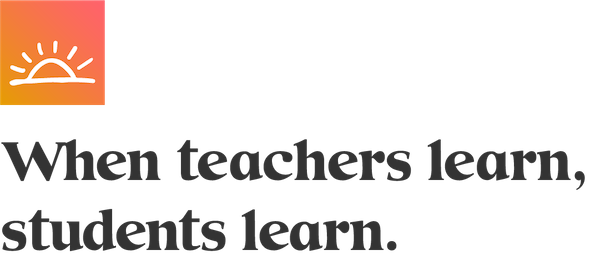 I had the opportunity to confer with a kindergarten student recently when we were in Atlanta. After greeting her, I asked Jayne to share any book she wanted from her book box. She flipped through her phonetic, emergent, and picture books, chose one, and began speeding through the words like a track star who just heard the starting signal. After stopping, Jayne gave a detailed summary of the book and then looked at me as if to say, "Next?"
I had the opportunity to confer with a kindergarten student recently when we were in Atlanta. After greeting her, I asked Jayne to share any book she wanted from her book box. She flipped through her phonetic, emergent, and picture books, chose one, and began speeding through the words like a track star who just heard the starting signal. After stopping, Jayne gave a detailed summary of the book and then looked at me as if to say, "Next?"
Because it was so easy for her, I hadn't yet discovered what I could teach into, so I had her continue with another book. She did the same thing, reading fluently and summarizing at a level well above her six years of age. I began to suspect that she'd read these books enough to memorize them and was ready for new ones. So I encouraged her to find a new good-fit book. She scampered off.
I moved on to confer with another student. When I saw Jayne heading back to her seat with a chapter book, I thought, I didn't know she could read chapter books. Hmm . . . I completely forgot to ask her about herself as a reader.
I returned to her and said, "Jayne, I forgot to ask you a very important question. How is it going for you as a reader?" Jayne looked me straight in the eye, took one deep breath, and confidently and quickly reported, "I am reading chapter books at home, Junie B. Jones, and have been working on sight words, so I can read lots of words and I understand what I read."
If I had asked Jayne how it was going as a reader at the beginning of our conference, I would have learned about her love for reading, her reading life, and her ability to choose good-fit books at home. I would have discovered earlier that she was capable of expanding the current selection in her box and more than willing to do so.
Inviting children into the process by finding out what they are thinking builds and affirms our relationship with them and communicates that we value their thinking and will use the information to help them. Inviting them to partner with us in this way can speed up our entry into providing instruction that is timely, relevant, and will lead to success.
This article might be missing links that were included at the time of publication.

